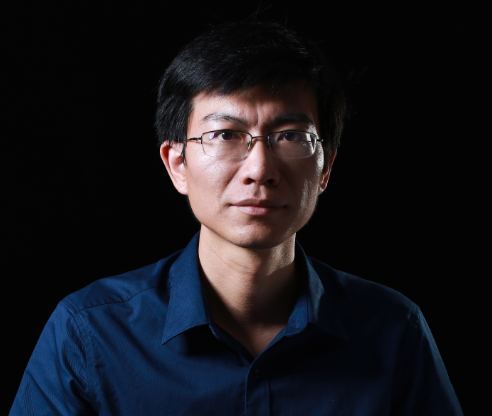Artificial intelligence & robotics
Chunxin Qiu
Their LiDAR can basically solve all the trouble spots for mechanical LiDAR, and speed up the implementation of autonomous driving projects

China
Si Wei
An AI company lying low-key for years and a serial innovator

Global
Olga Russakovsky
Employed crowdsourcing to vastly improve computer-vision system.

China
Xiaodong Zeng
Continuous crossover innovation: creator of Alibaba’s unmanned supermarket Taocafe

China
Wenyuan Dai
A practitioner of “AI For Everyone," his practice ranges from finance to the Internet, and from Chinese medicine to identifying ancient texts
